
Soil Health & Fertilization
We unite suppliers and green industry professionals worldwide
Meet the Variegated Fiddle Leaf Fig. This lovely tree takes everything that plant lovers adore about the classic fiddle leaf fig - its bold, violin-shaped leaves and upright stature - and adds a painterly twist.
By Victor Miller
|Published on June 18, 2025
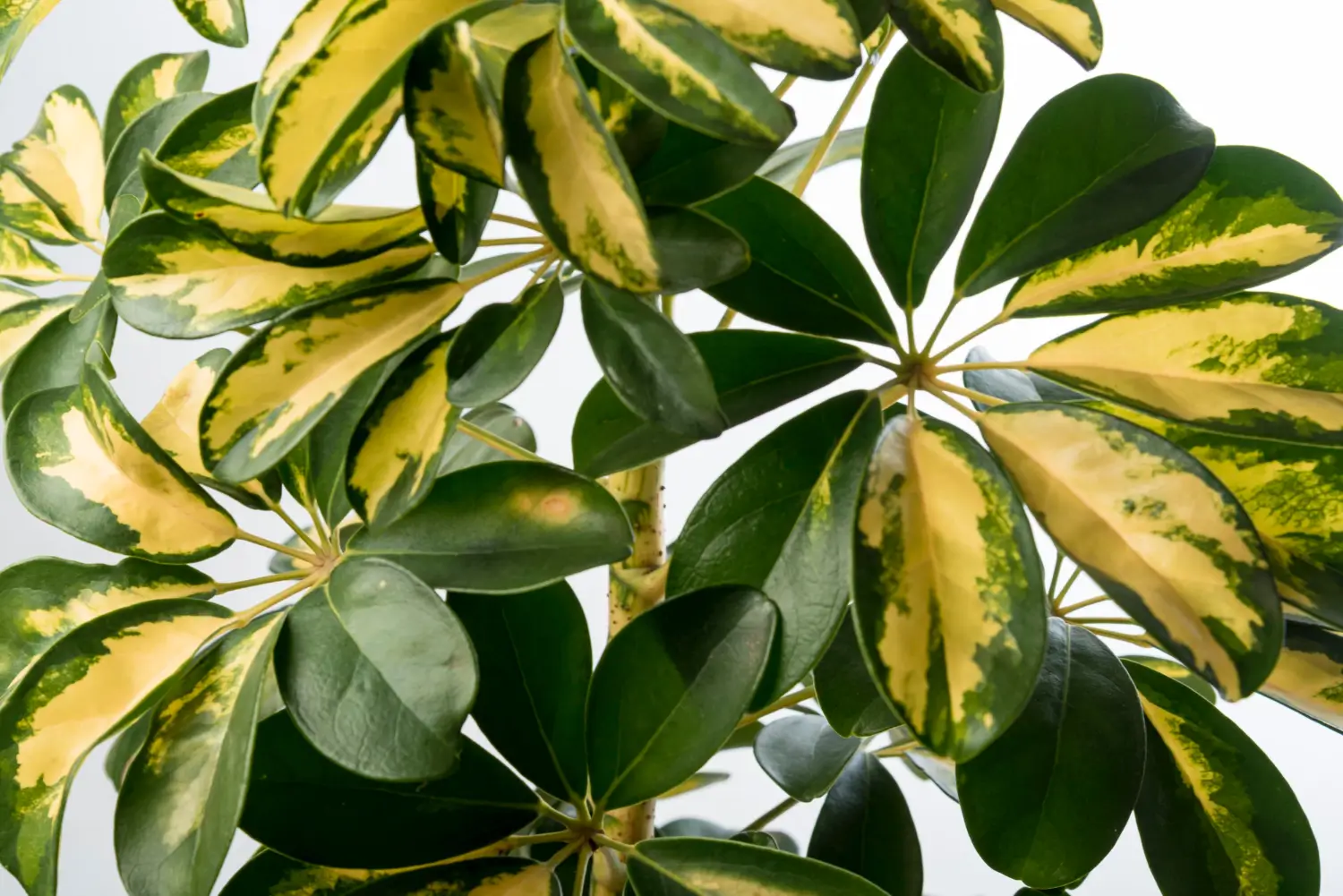

“Why settle for all green when you can have a splash of cream?”
Meet the Variegated Fiddle Leaf Fig (Ficus lyrata ‘Variegata’). This lovely tree takes everything that plant lovers adore about the classic fiddle leaf fig - its bold, violin-shaped leaves and upright stature - and adds a painterly twist. Creamy white or pale yellow marbling gives this rare beauty a high-fashion feel, turning any bright corner into a living design statement.
This fig, which originates from West Africa, loves warm, sunny spots and appreciates attentive, consistent care. Not the easiest houseplant for beginners, but those willing to discover its preferences are rewarded with a showstopper. Its appeal continues to expand among collectors and fashionable plant parents.
| Botanical Name | Ficus lyrata ‘Variegata’ |
| Common Name | Variegated Fiddle Leaf Fig |
| Type | Evergreen tropical shrub or tree |
| Height | Up to 8 feet indoors |
| Sunlight requirements | Bright, indirect light |
| Soil Type | Well draining, rich potting mix |
| Water Needы | Moderate |
| Hardiness Zones | 10–12 |
| Toxic to Pets | Yes (slightly toxic to cats and dogs) |

September 25, 2025
9 minute read
September 24, 2025
9 minute read
September 23, 2025
10 minute read
September 22, 2025
9 minute read


Join as a seller and connect with thousands of B2B buyers nationwide!
Sign Up
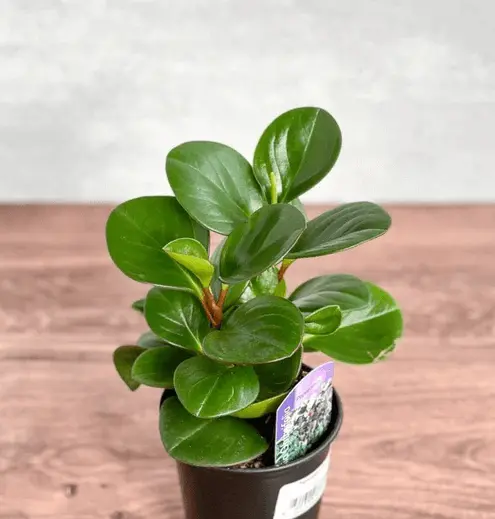
Baby Rubber Plant
This popular houseplant has taken the indoor gardening world by storm, and for good reason. Its fleshy, succulent-like leaves conserve water and it will thrive even in the hands of a novice gardener. Adds a touch of refreshing green to your desk, shelf or
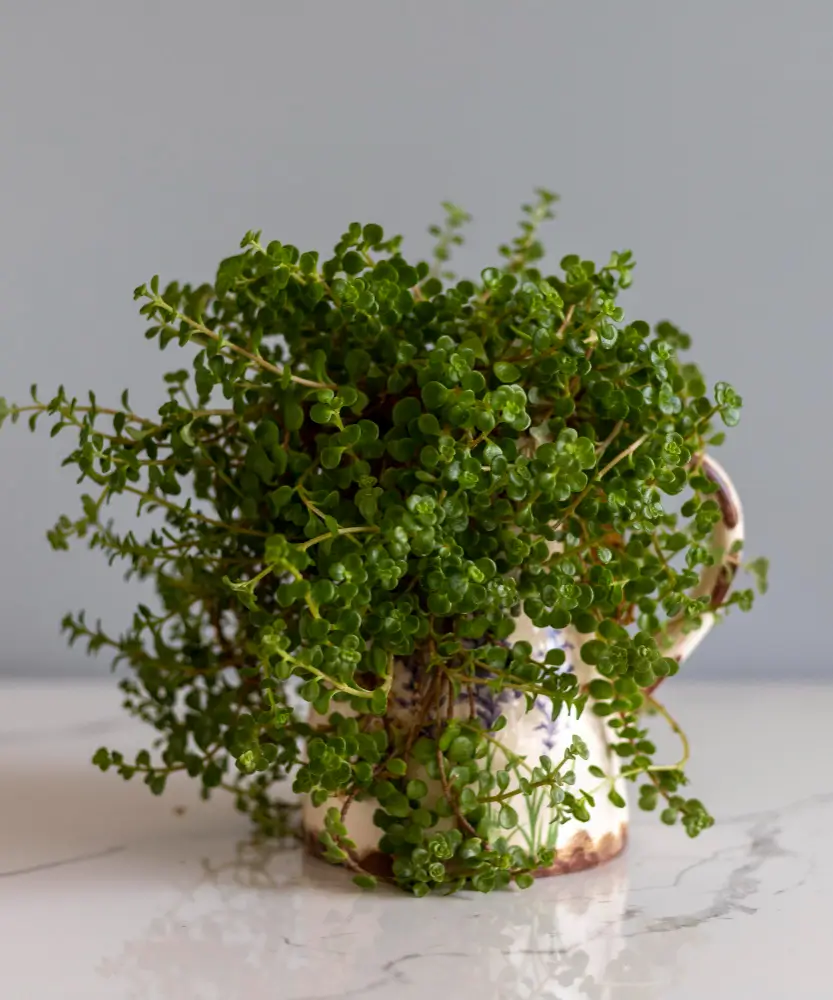
Baby Tears
With small, round leaves and its vibrant, low-growing form, Baby Tears plant has become a favorite of both gardeners and houseplant fans alike. It forms a mat of tiny, soft-leaved, delicate greenery that will cover the ground and spill over containers wit
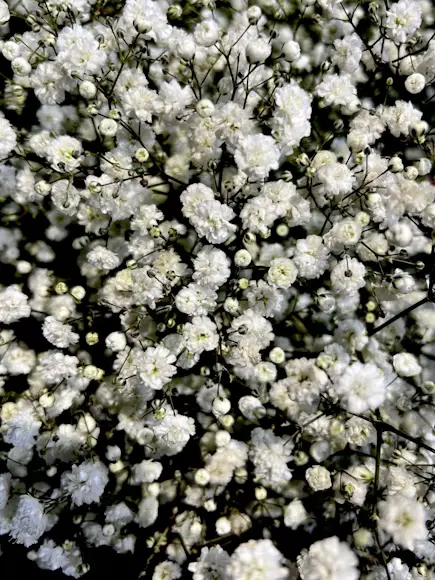
Baby’s Breath
If there was one flower that signifies elegance and simplicity, it’s Baby’s Breath (Gypsophila Paniculata). An airy perennial with lovely white or pink flowers, it came to symbolize grace and is now commonly found in bouquets and floral arrangements.
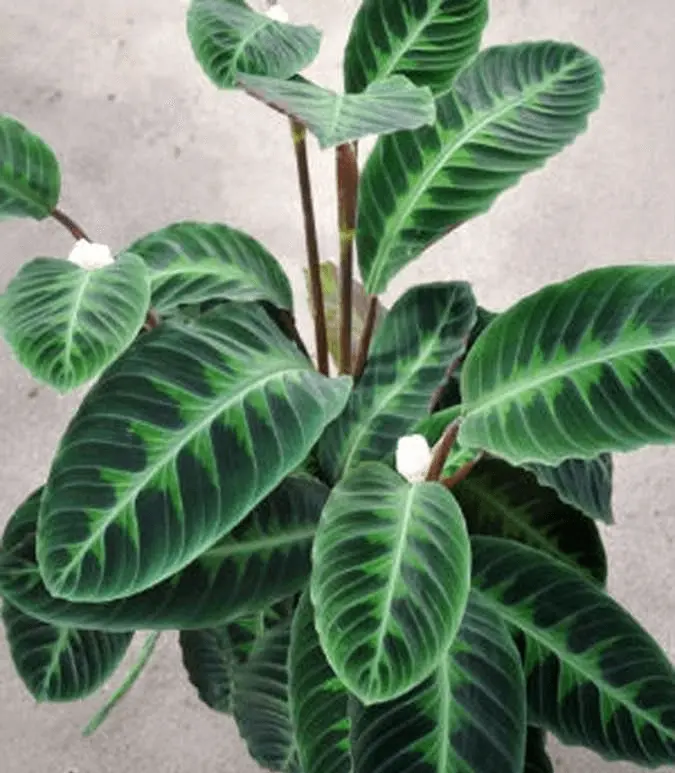
Jungle Velvet Calathea
Calathea warscewiczii, commonly referred to as the Jungle Velvet Calathea is famous for its lush, velvety leaves with a deep green feathered pattern and rich purply-green undersides that seem to glow in soft light.
A Variegated Fiddle Leaf Fig needs just a steady hand and some patience. Just like its all-green sibling, this plant doesn't like to have its environment changed, watering inconsistencies, and drafts. Variegated varieties may be even trickier because they have less chlorophyll in the foliage and therefore require more light in order to retain their distinctive patterns.
Begin by keeping the plant in a warm, lit room with lots of indirect sunlight — direct rays can burn the fragile variegation. Turn the pot from side to side from time to time to promote even growth. Plant in a pot with a good drainage and a well-draining, rich potting mix— one formulated for indoor trees or tropicals.
Keep the soil slightly moist, but never soggy.Let the top 1–2 inches of soil dry before watering again. Wipe the leaves with a damp cloth regularly to keep dust off and the plant photosynthesizing more efficiently. Fertilize monthly in the spring and summer with a balanced, half-strength, water-soluble fertilizer.
Be cautious when repotting or moving the plant, as it doesn’t take well to disruption. But once settled and cared for properly, it will thrive—and look stunning doing it.
Variegated Fiddle Leaf Figs do well under bright, indirect light. With less chlorophyll in their leaves, they need more light than their green siblings to grow and keep their beautiful variegation. East- or south-facing windows are best, as long as the plant is protected from harsh afternoon rays. If they don’t get enough light, they’ll become pale and not produce new growth.
The key is a well-draining, nutrient-rich soil mix. Use a good indoor potting mix, one for tropical plants or houseplants. If you want to enhance drainage by mixing in perlite, bark, or coco coir. Don’t select compacted or clay-heavy soils, as poor aeration can lead to root rot.
Consistent watering is very important. Water when the top inch or two of soil is dry — about every 7–10 days, more often in warmer months and less during the winter. Use lukewarm, filtered water if possible, and let any excess drain out fully. Always avoid allowing the plant to sit in standing water, as this is the quickest way to root rot. Drooping leaves usually indicate underwatering, while brown spots often signal overwatering.
Pruning your Variegated Fiddle Leaf Fig keeps the plant full, balanced, and healthy. Here’s how to handle it:
Fiddle Leaf Figs can be propagated, but it’s slower with variegated types.
You can also grow Variegated Fiddle Leaf Fig in pots. To do so:
The Variegated Fiddle Leaf Fig is a tropical plant and does not do well in the cold. Keep it indoors year-round in cooler zones, away from drafty windows and heating vents. Water less in winter and there’s no need to feed until growth has restarted in spring. Try to keep the air humid with a pebble tray or humidifier.
It’s very rare for indoor Fiddle Leaf Figs to bloom, and the variegated type is no exception. It may produce tiny fig-like flowers outdoors in the native environment, but it's its striking foliage that's the main attraction when grown indoors. Don't worry about blooms—those leaves are the real stars.
Though strikingly beautiful, the Variegated Fiddle Leaf Fig can be a bit finicky if its environment isn’t just right. Monitoring early signs of stress will help you make it lush and beautiful.
The Variegated Fiddle Leaf Fig is a unique twist on a modern classic — ideal for those who want to make a statement with their houseplants. It may need attention, but its striking leaves and sculptural form are worth the effort. Keep it warm, give it bright light, and just the right amount of water, and you’ll be rewarded with one of the most spectacular and stylish plants you can grow indoors.
It’s not for absolute beginners but it’s quite achievable with patience and the correct light.
Possibly due to low light — move it to a brighter place, but do not expose to direct sun.
Only in USDA Zones 10–12. In most areas, it’s best kept as an indoor plant.
Yes, if it is swallowed, it may cause mouth irritation.

Soil Health & Fertilization
Victor Miller

Pest Identification & Prevention
Victor Miller

Lawn Care Tips & Maintenance
Victor Miller

Soil Health & Fertilization
Victor Miller

Smart Irrigation Systems
Victor Miller

Patios, Walkways & Driveways
Victor Miller

Soil Health & Fertilization
Victor Miller

Pest Identification & Prevention
Victor Miller
My Account
Our team is always here to help.
We are open Monday - Friday, 9:00 AM to 4:30 PM PST.